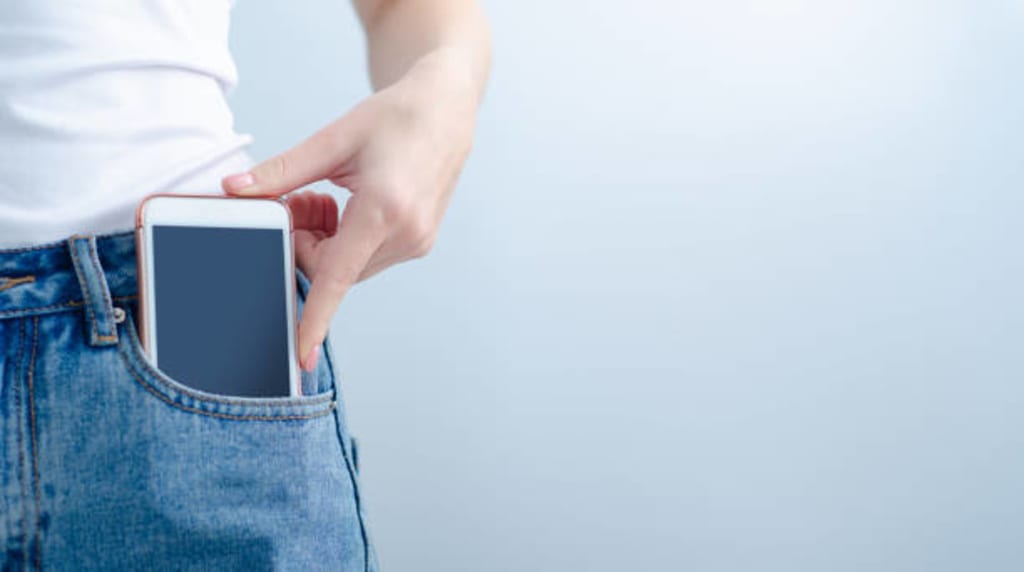Why women pockets are too small?
Pocket Predicament: The Surprising Story Behind Women's Too-Small Pockets – A Must-Read Exploration

They are either too small for practical use or do not exist at all. And not for lack of desire. Pudding's website measured the pocket size of 80 different pairs of jeans, comparing men's and women's versions with the same waist circumference. The results varied by brand—for example, Abercrombie had very little difference in pocket size, while brands like J. Crew had up to a 5-inch difference in depth between men's and women's jeans.
Women's front pockets are on average 48% shorter and 6.5% narrower than men's - meaning that most women's jeans are completely impractical for most of the things they wear. But that wasn't always the case – in fact, women used to have pretty big pockets. And how big are we talking? It is about such. Really big. From the 17th to the 19th century, women's pockets were those large removable items that were tied around the waist under a woman's skirt.
They were also unfashionable, they weren't very eye-catching, but they had a completely practical point. Because it didn't pull the dress down, you could take them off during the day if they were too heavy - The pockets could be changed. In the 18th and 19th centuries, when they were really the norm, women without pockets were not complained about. But over time, the silhouettes of clothes began to change, as well as the attitude to pockets. Fashion editors began to protest the tie-dye pocket in favor of a thong—a small purse.
And you have two sides, you have those who call themselves "pickpockets" and those who are "pickpockets". And the pocket men say, "No, we like our old-fashioned pockets. They're practical, they allow women to be independent." And you have pickpockets who say, "Oh no, these are for grannies, modern women want a modern mesh." Despite these new trends, tie pockets were still very comfortable and many women were not ready to give them up.
Especially since seamstresses struggled to add solid pockets to women's clothing. They were often placed in inconvenient places like the bodice or hem, making them hard to find and frustratingly small. Meanwhile, tailors have been perfecting pockets in men's clothing since the 16th century, and by this point they've added a variety of special pockets for all sorts of things. So in the late 1800s, early 1900s, there was more and more debate about why we can't have pockets? We want pockets.
We want equality. You know why women have to carry a handbag - it's so impractical - while men have everything in their pockets. As more women entered the workforce, wearing pants became more common. In the 1930s, Levi Strauss launched the first pair of women's jeans, with pockets a quarter of an inch larger than men's, but they were mainly worn by women working on farms.
It wasn't until nearly 30 years later that blue jeans became the fashion norm, and since then, women's pockets have fallen victim to fashion rather than function: as styles began to slim down and favor slimmer waists, our pockets began to disappear because they ruined it. the silhouette - For example, adding a front pocket to skinny jeans would stretch the fabric in places that are uncomfortable for many women - especially since women's jeans tend to have a bit more stretch.
And even if there is nothing in them, the lines of the pocket still show, which is why many designers have completely removed the front pocket. Designers are now again combining pockets with dresses and adding them to sports bottoms, but we are still waiting for jeans. It's been more than a century since tie pockets on women's clothing were done away with, and we've been calling for replacement pockets ever since. But these days, most women's pockets are still about fashion, not function.
And while the fashion industry is slow to react, hopefully we won't have to wait another 100 years for them to really get it. Hello, thank you for the item and to our sponsor American Express. AmEx has a credit card feature that gives you the ability to make large or small payments called "Pay, Schedule." "Pay" helps you reduce your balance by making small payments throughout the month, and "Plan" helps you spread out purchases over $100 over time. You can check it out at americanexpress.com/payitplanit. And thanks again to American Express. Their support made this series possible.
Like what you read? Consider liking and subscribing for more! :)






Comments (1)
Very Informative